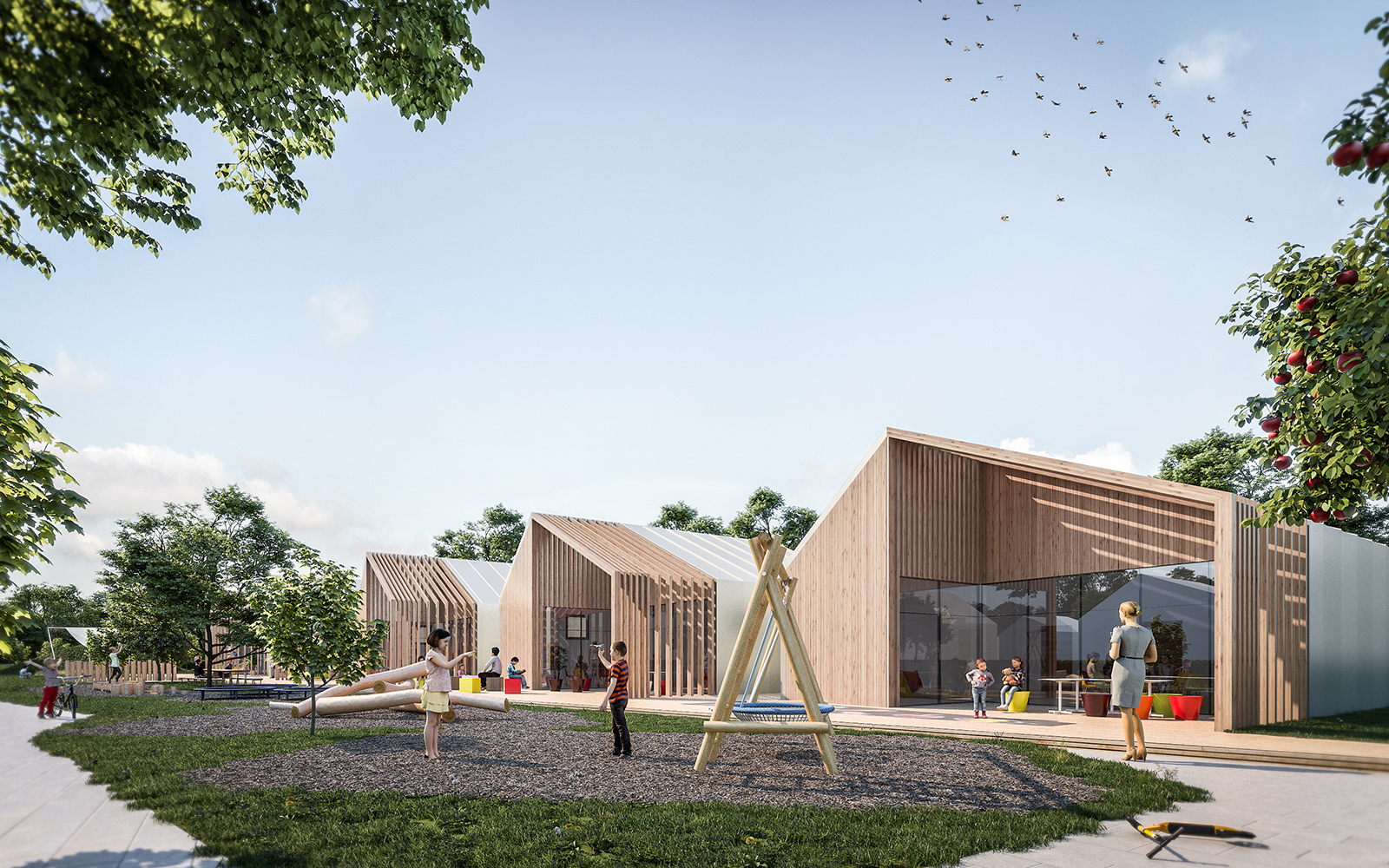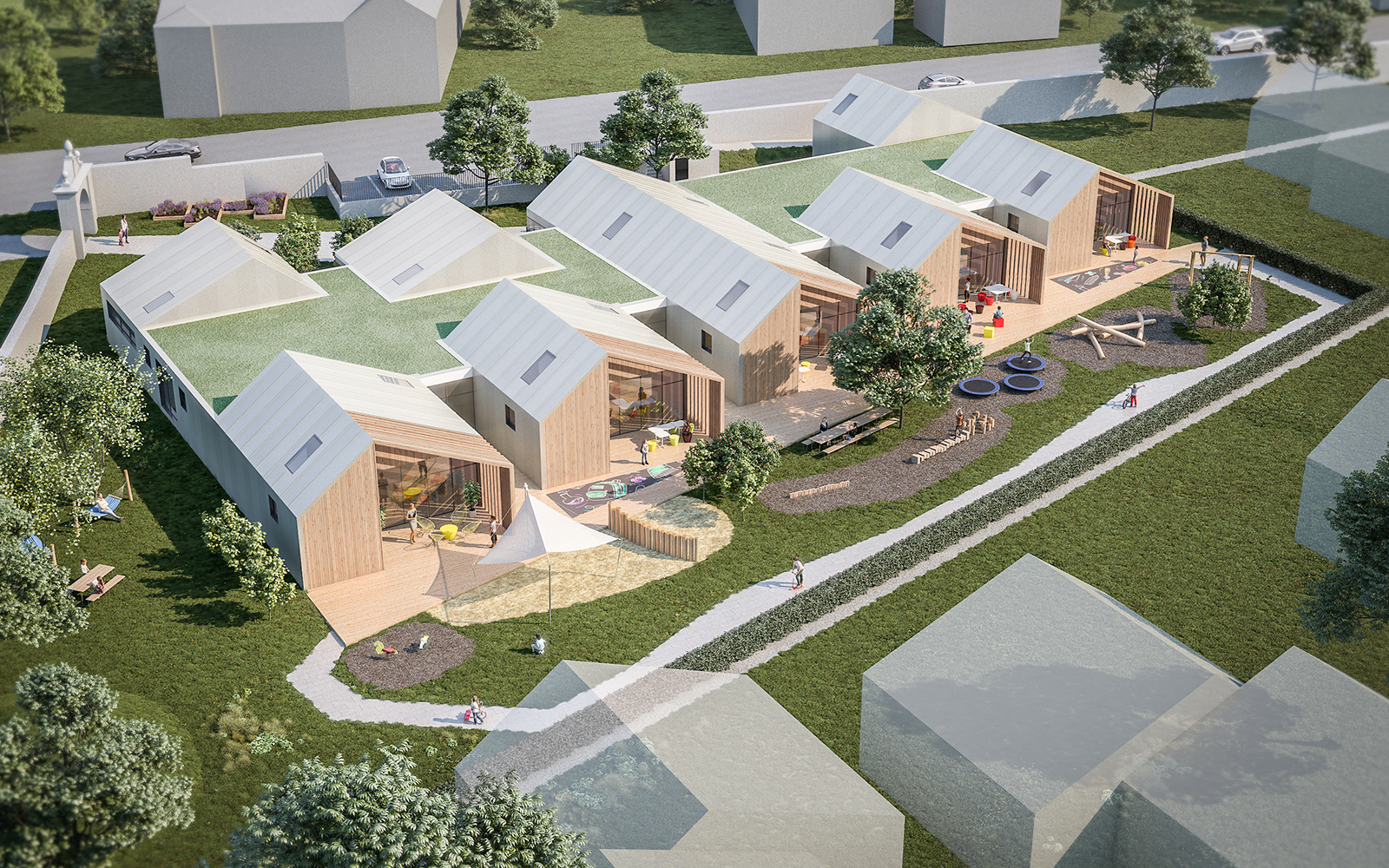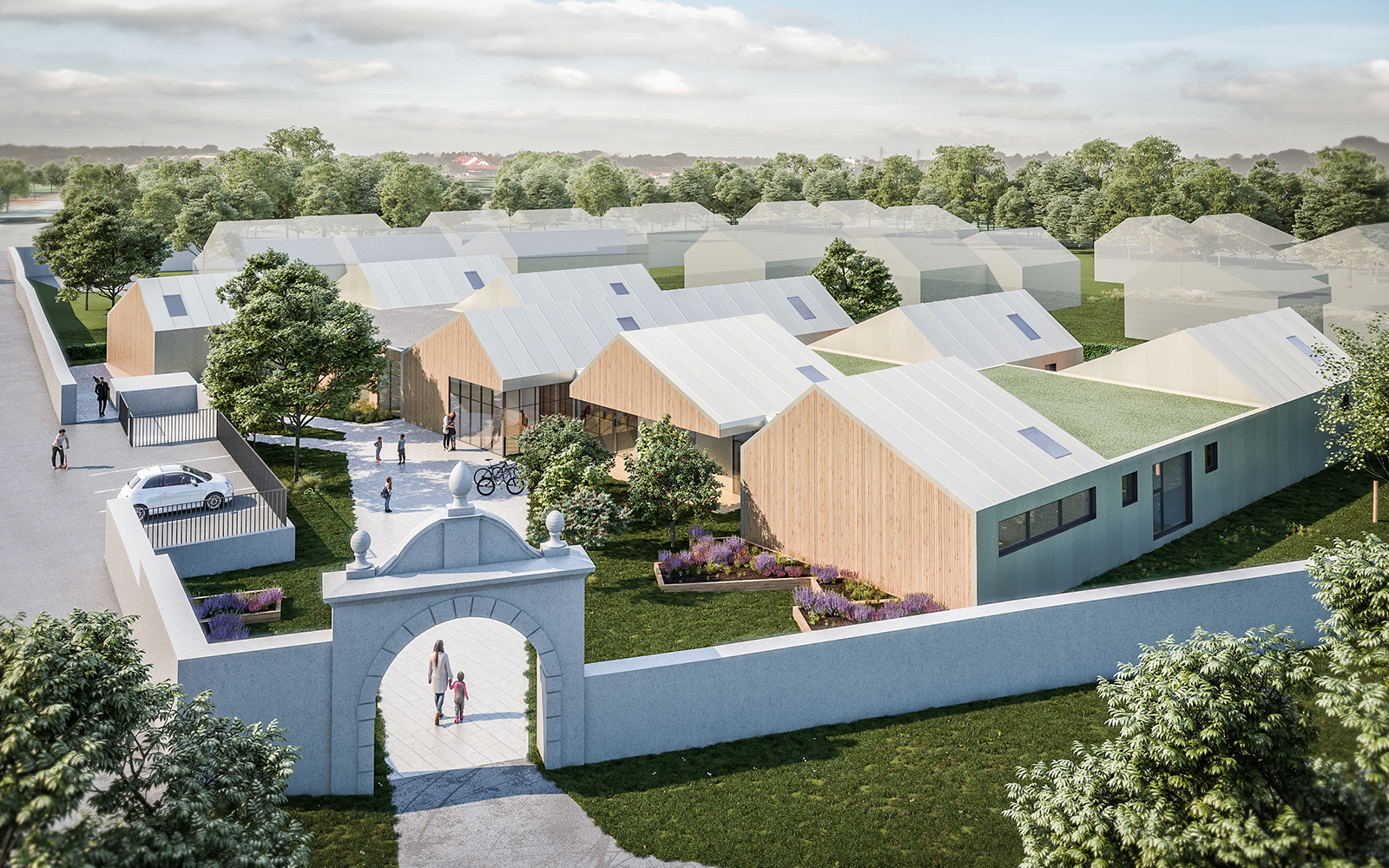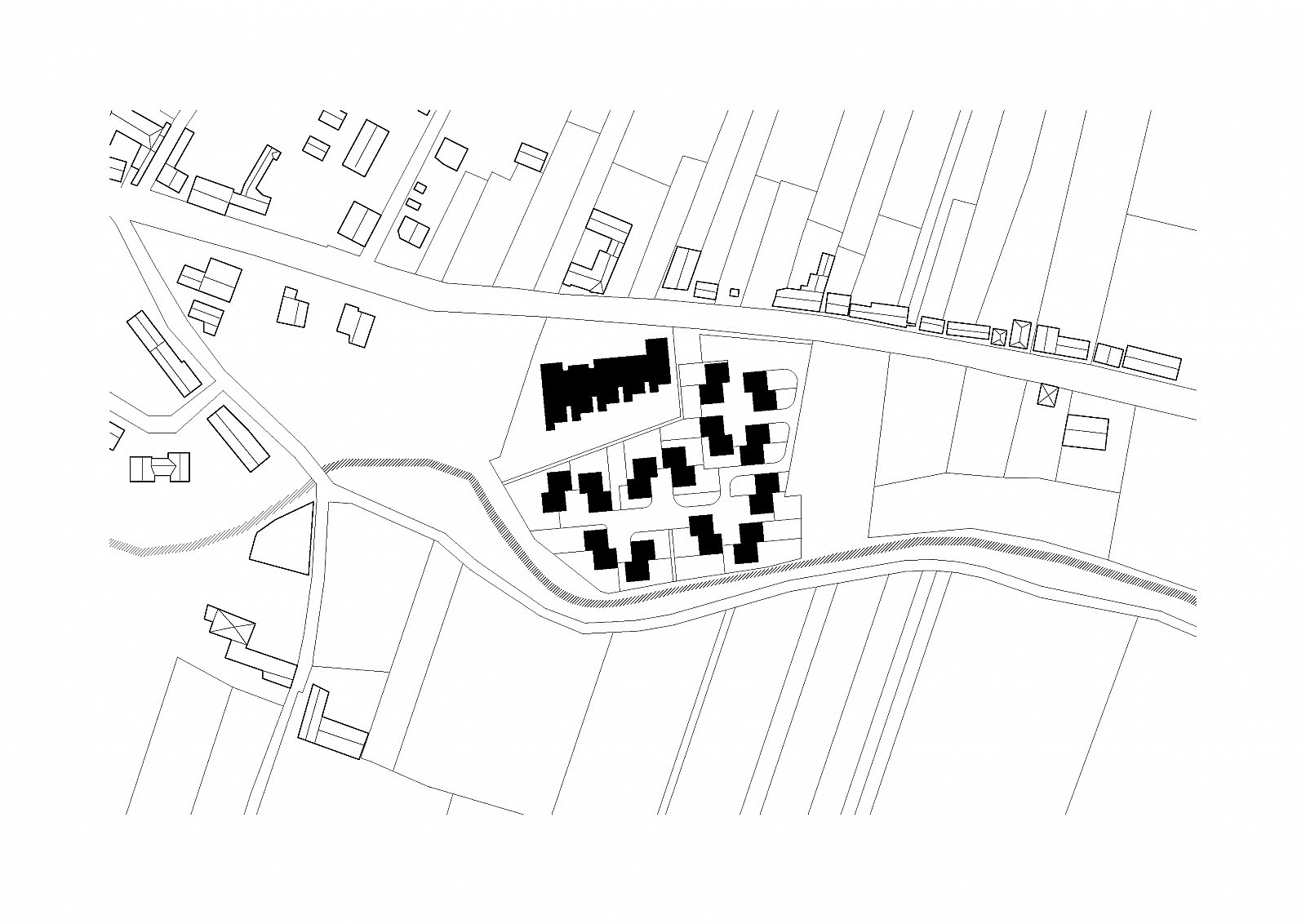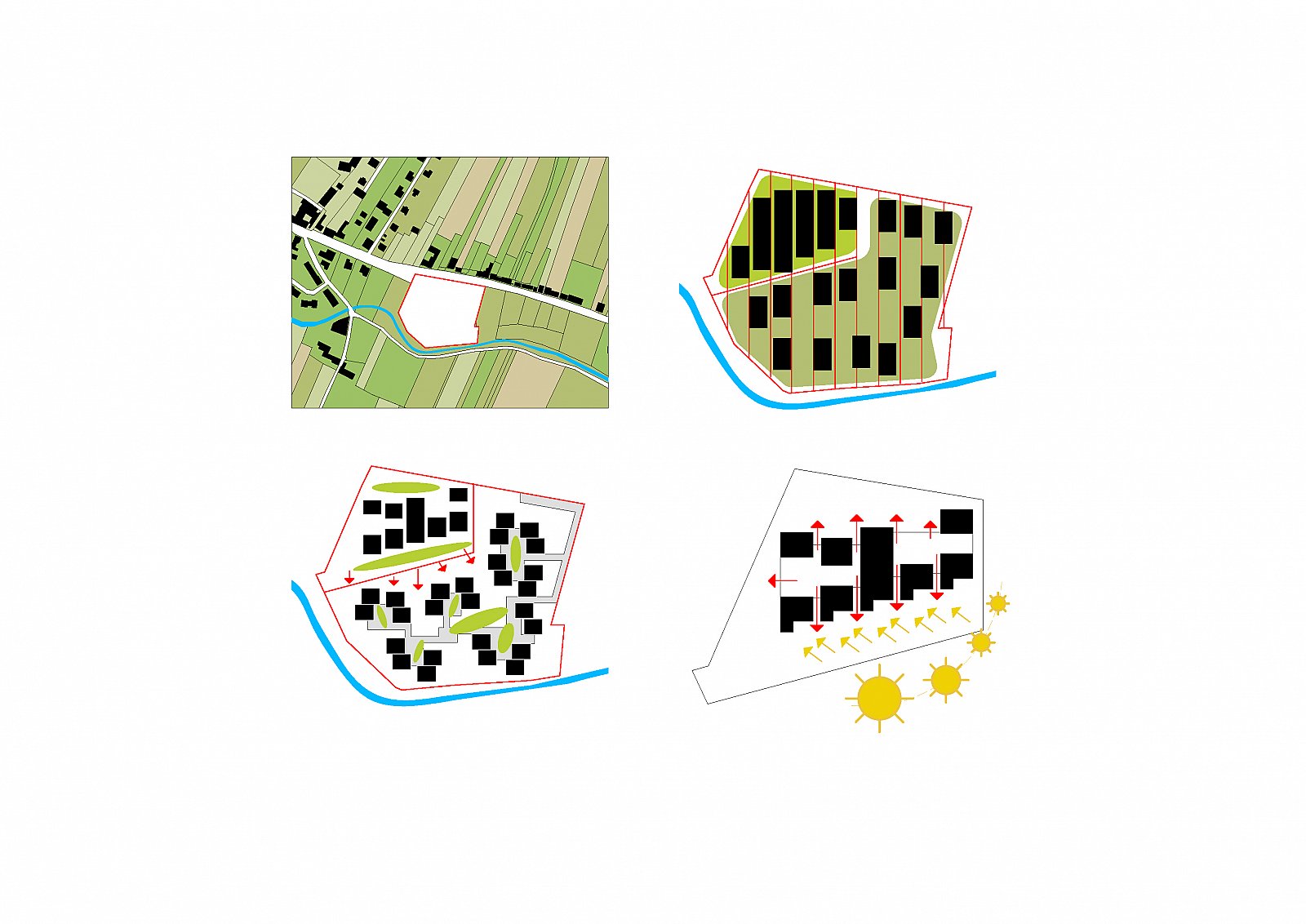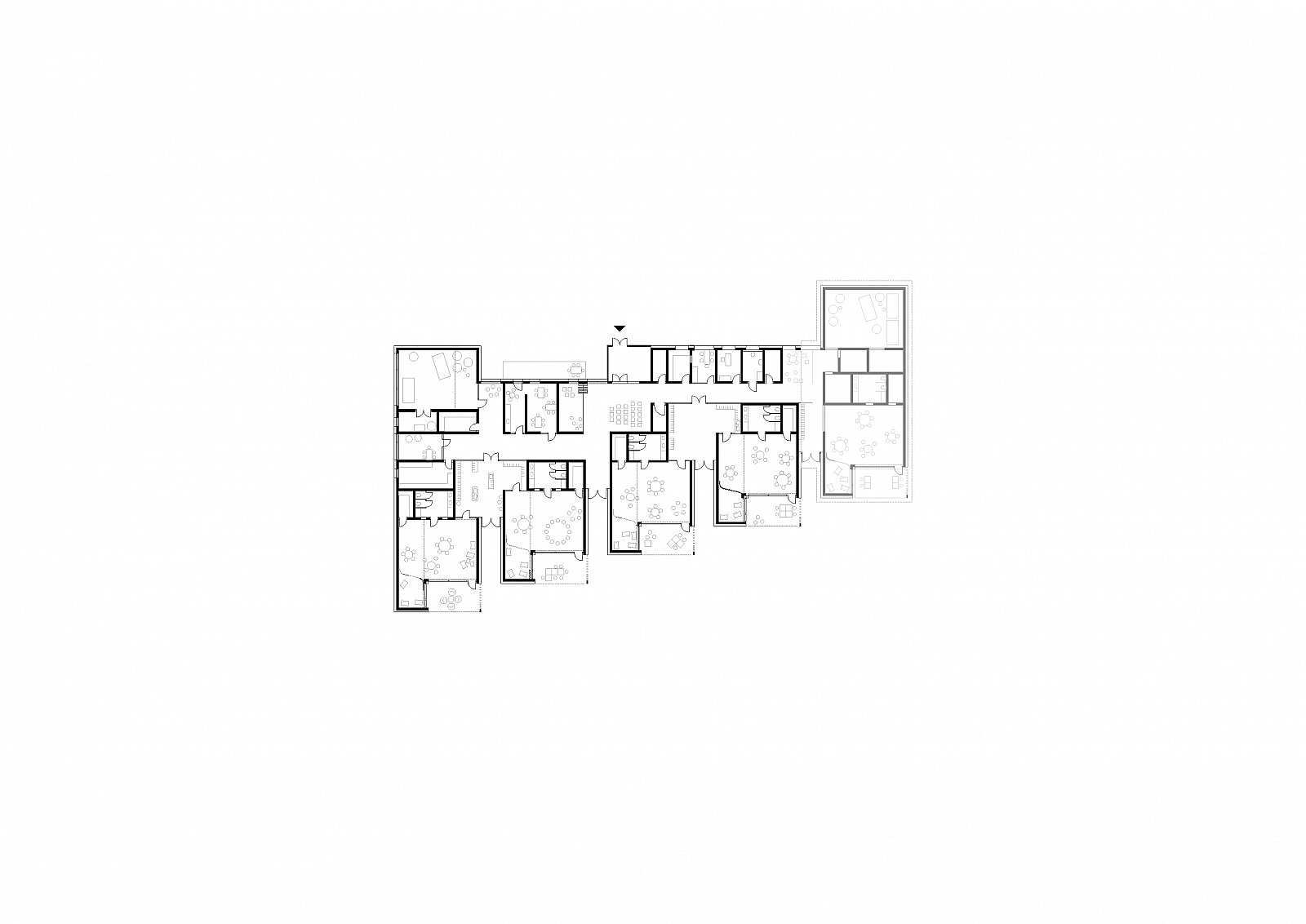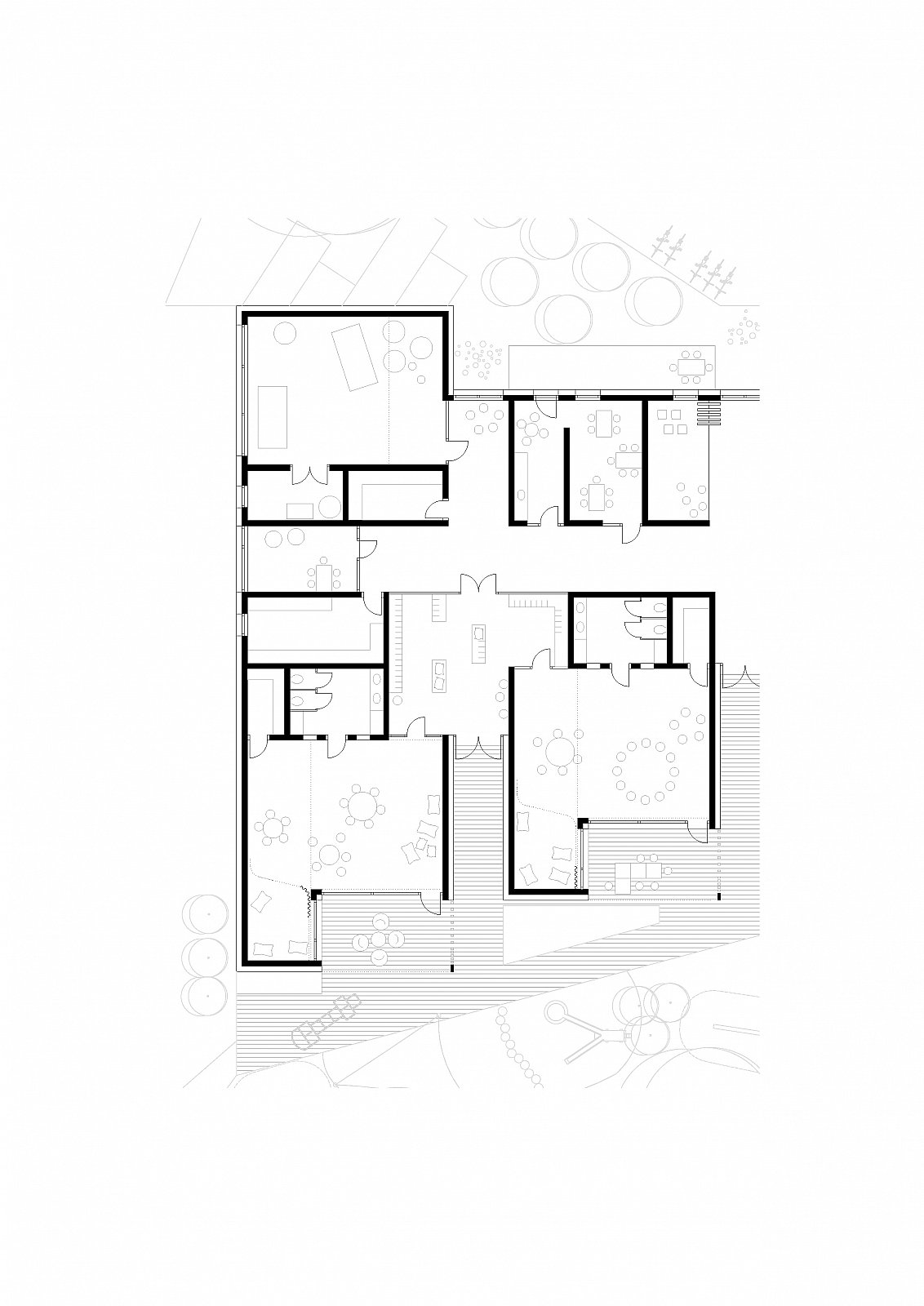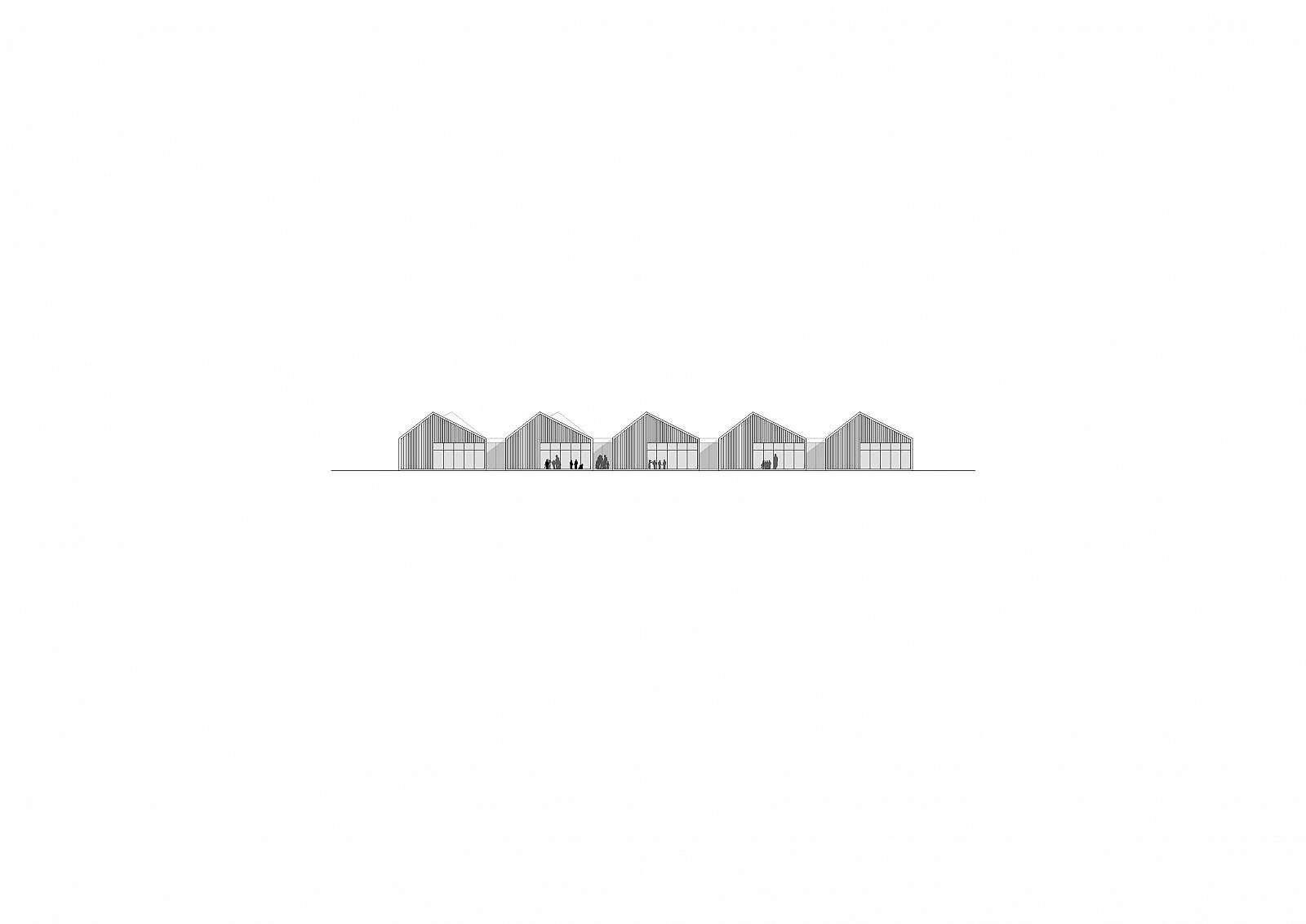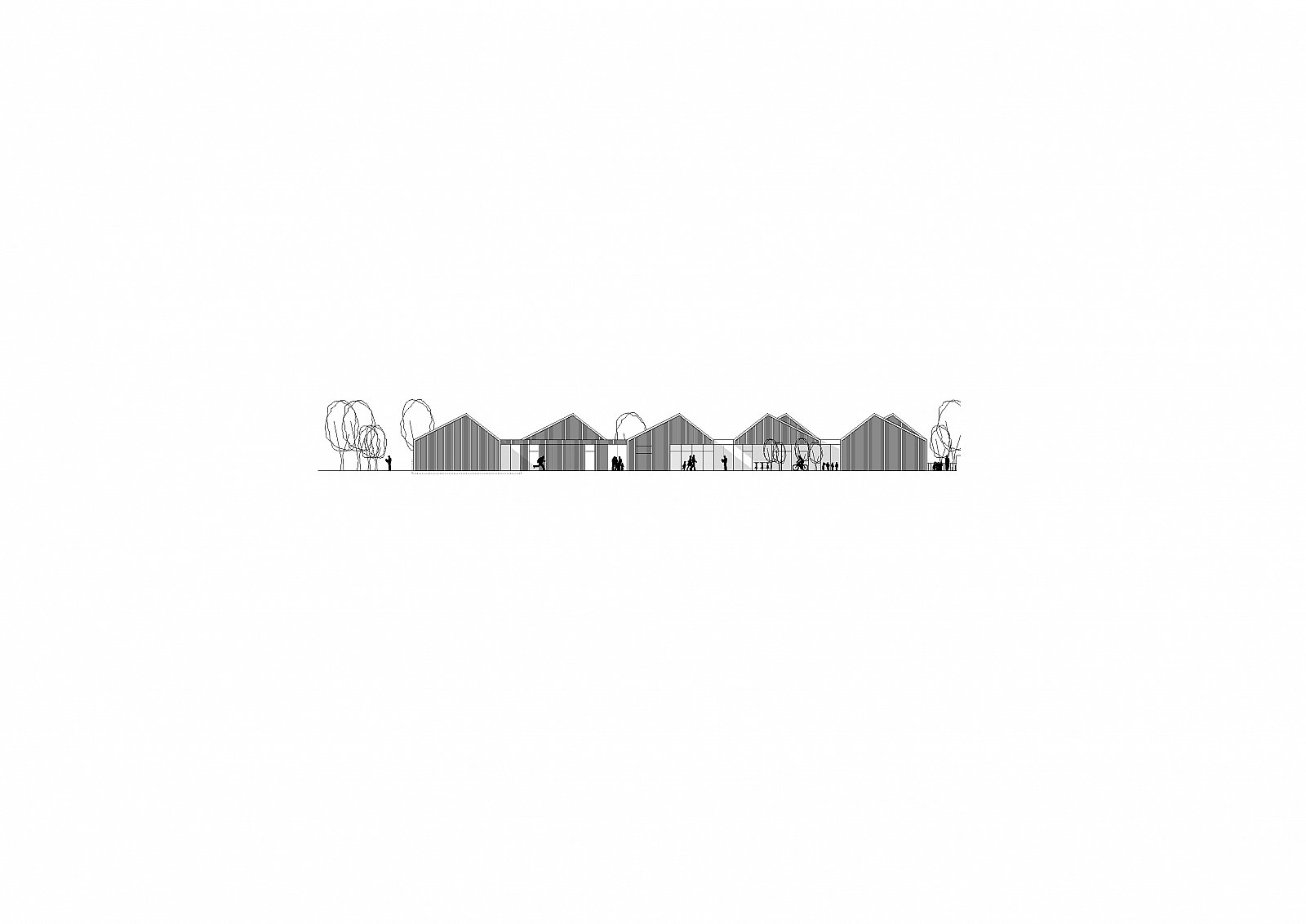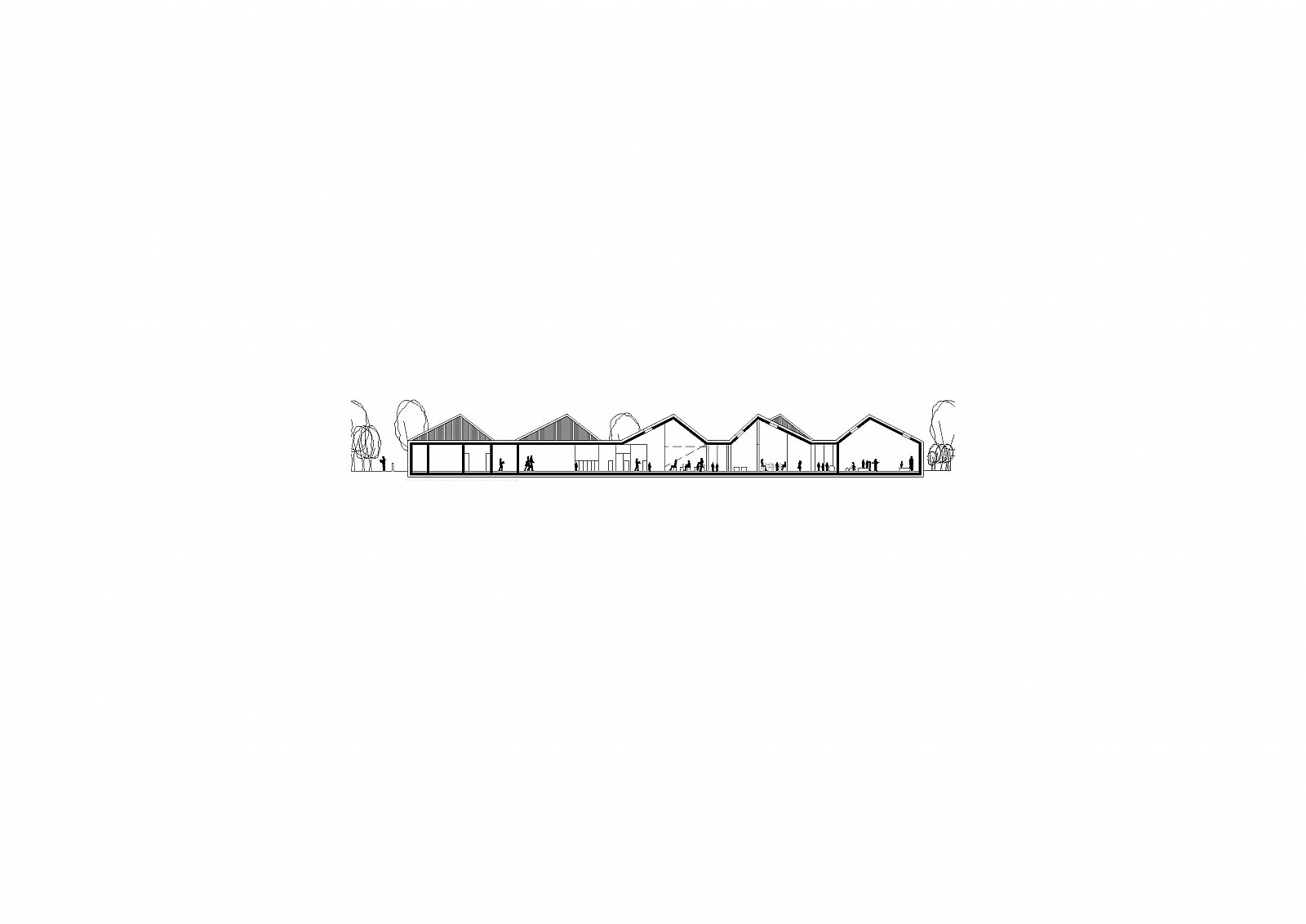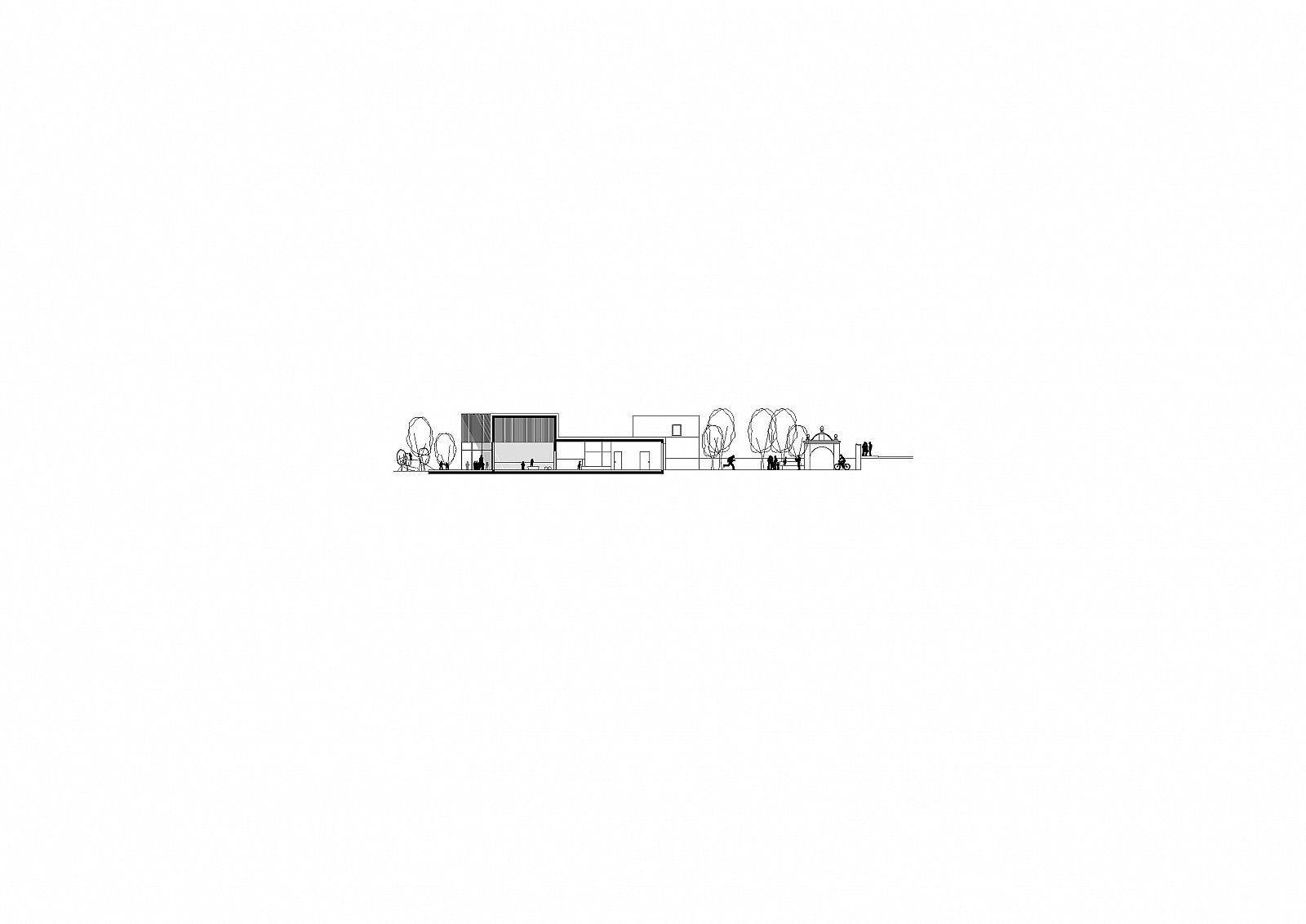Lower Austria State Kindergarten Pulkau
2018
2018
2018 Invited competition, 3rd prize
Awarded by: Municipality of Pulkau
Visualization: ZOOMVP
The project for a kindergarten with five groups (with the fifth group planned as a future expansion option) including a development proposal for an adjacent residential quarter is inspired by the grown small-scale structure of the city of Pulkau. In order to achieve a stronger ensemble character, the structural dimensions of kindergarten buildings and residential buildings are dealt with similarly in terms of height, proportion and orientation.
Selectively positioned open spaces, small squares and large green areas and playgrounds connected with each other, create the necessary "buffer zones".
By presenting each kindergarten group as an individual house, they can be recognised and experienced as a separate unit and the large building volume is thus being structured. In this way the building is shaped to a scale that can be experienced by small children and has an identity-building effect. The internal traffic areas and multifunctional zones open up the individual groups and connect them with each other, creating a continuum of communal spaces. The L-shaped design of the group rooms offers quiet niches of retreat on the one hand and simultaneously allows light to flood in from the east and south.
The gable roofs merge into pergolas in the area of the terraces, which form a shady threshold to the open area. The aim of the open space design is to integrate the planned residential development and the open spaces of the new kindergarten into the settlement structure in the best possible way and to design high-quality outdoor spaces.
Extract from the jury’s report: "The roofscape of the kindergarten building is modelled on the narrow typical farmhouses and uses them as a design element. The staggered arrangement of the group rooms to the south creates a very well structured and lively zoning in the inner development. The group rooms also provide very differentiated and intimate areas due to their stepped form".
Selectively positioned open spaces, small squares and large green areas and playgrounds connected with each other, create the necessary "buffer zones".
By presenting each kindergarten group as an individual house, they can be recognised and experienced as a separate unit and the large building volume is thus being structured. In this way the building is shaped to a scale that can be experienced by small children and has an identity-building effect. The internal traffic areas and multifunctional zones open up the individual groups and connect them with each other, creating a continuum of communal spaces. The L-shaped design of the group rooms offers quiet niches of retreat on the one hand and simultaneously allows light to flood in from the east and south.
The gable roofs merge into pergolas in the area of the terraces, which form a shady threshold to the open area. The aim of the open space design is to integrate the planned residential development and the open spaces of the new kindergarten into the settlement structure in the best possible way and to design high-quality outdoor spaces.
Extract from the jury’s report: "The roofscape of the kindergarten building is modelled on the narrow typical farmhouses and uses them as a design element. The staggered arrangement of the group rooms to the south creates a very well structured and lively zoning in the inner development. The group rooms also provide very differentiated and intimate areas due to their stepped form".
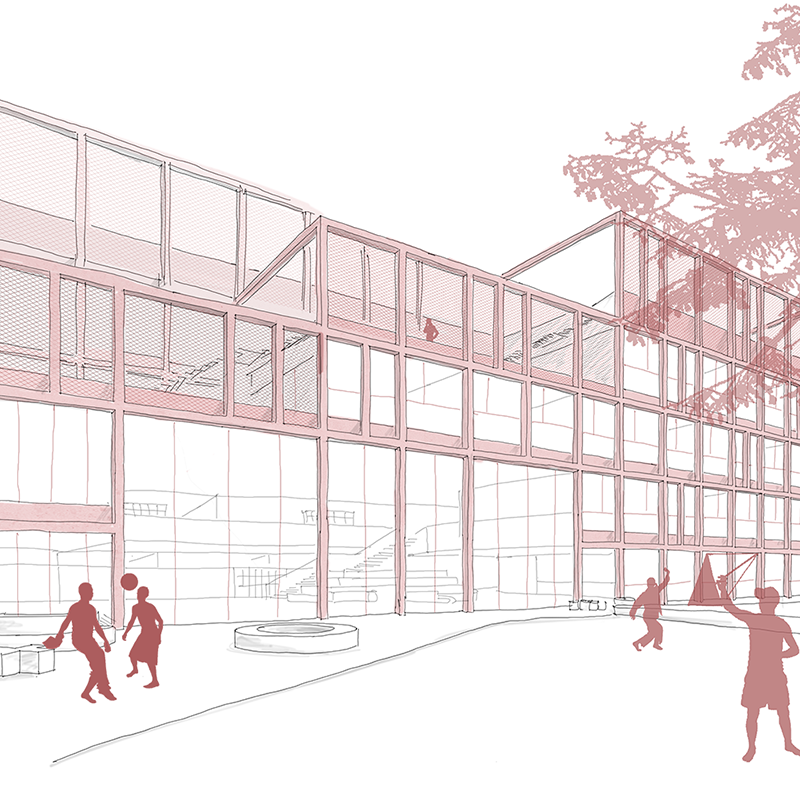
Anerkennung
AHS
Otto-Preminger-Straße
Otto-Preminger-Straße
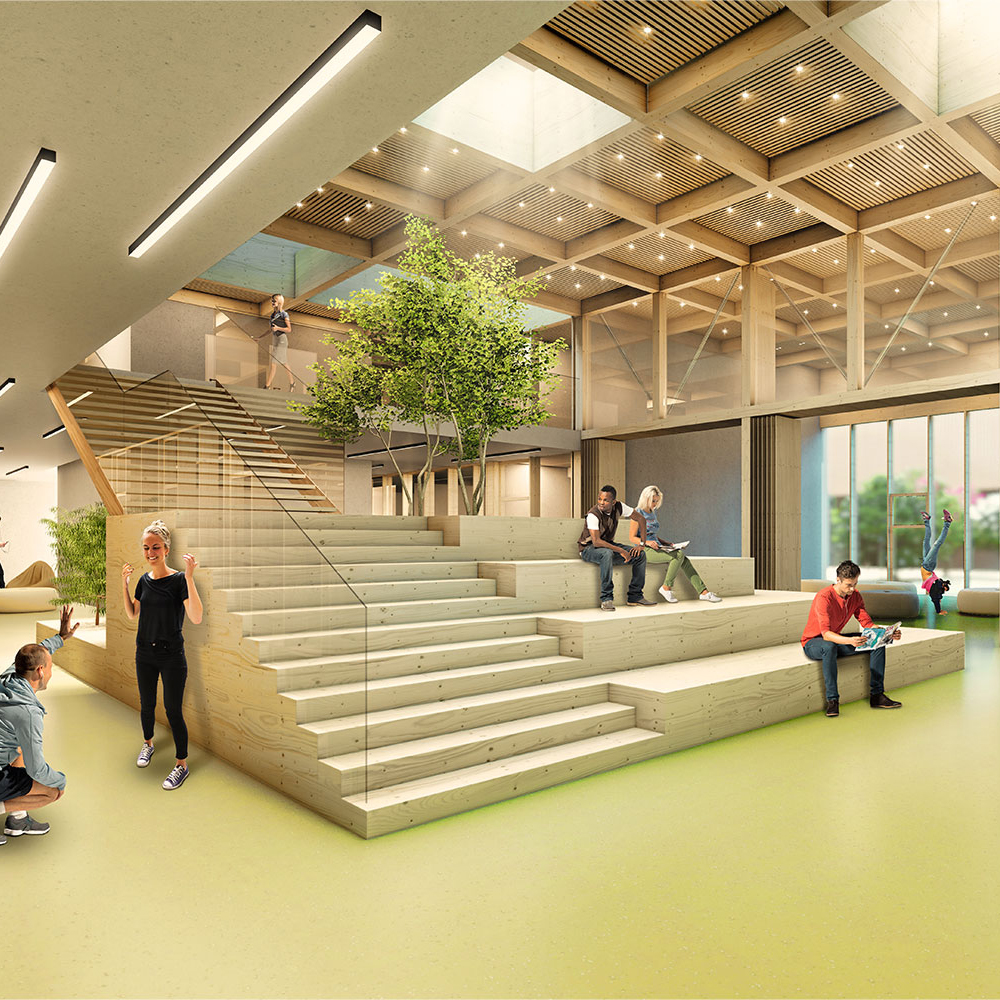
Wettbewerb
Alpen-Adria-Gymnasium
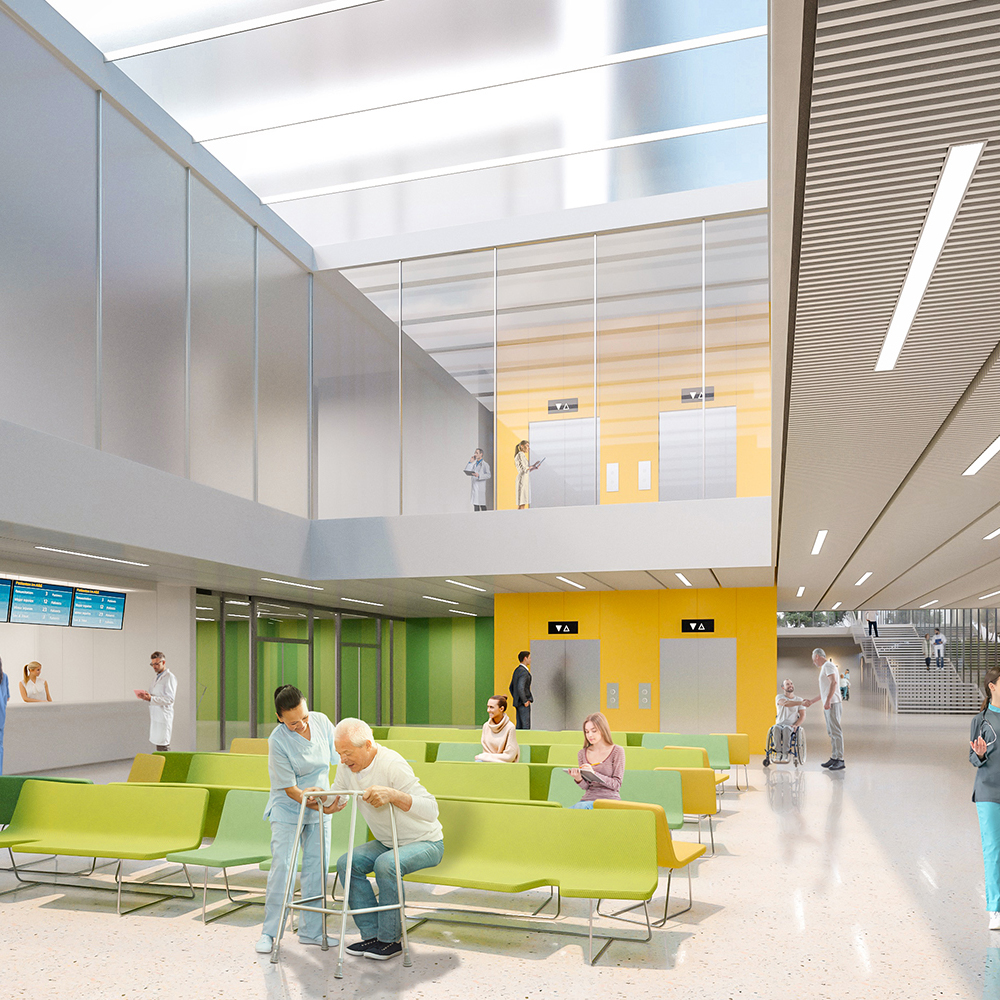
Competition
Oberpullendorf Hospital
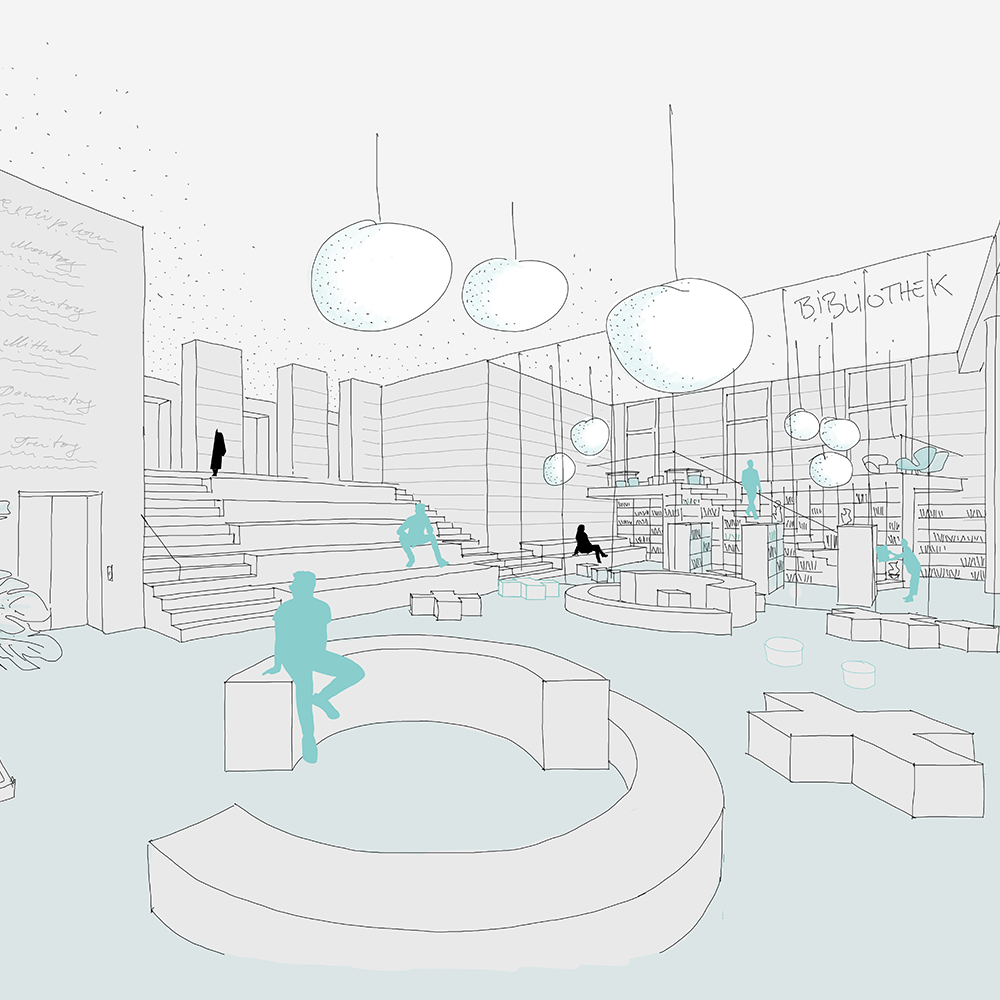
2. Preis
Semmelweisareal Haus 1
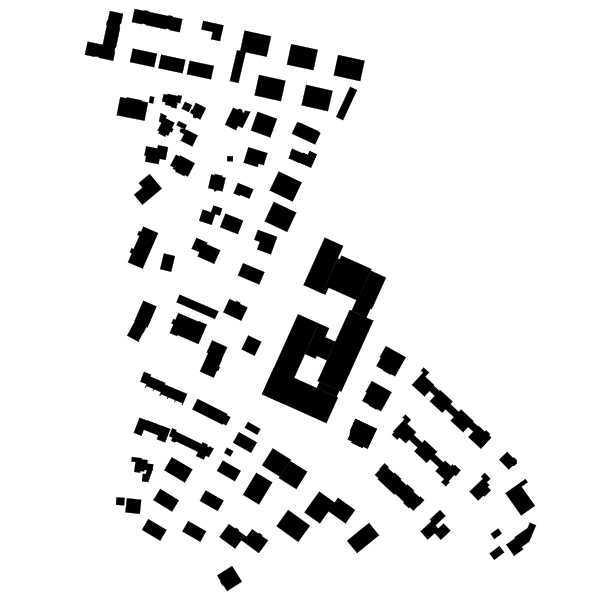
Anerkennung
Federal School Centre Zell am See
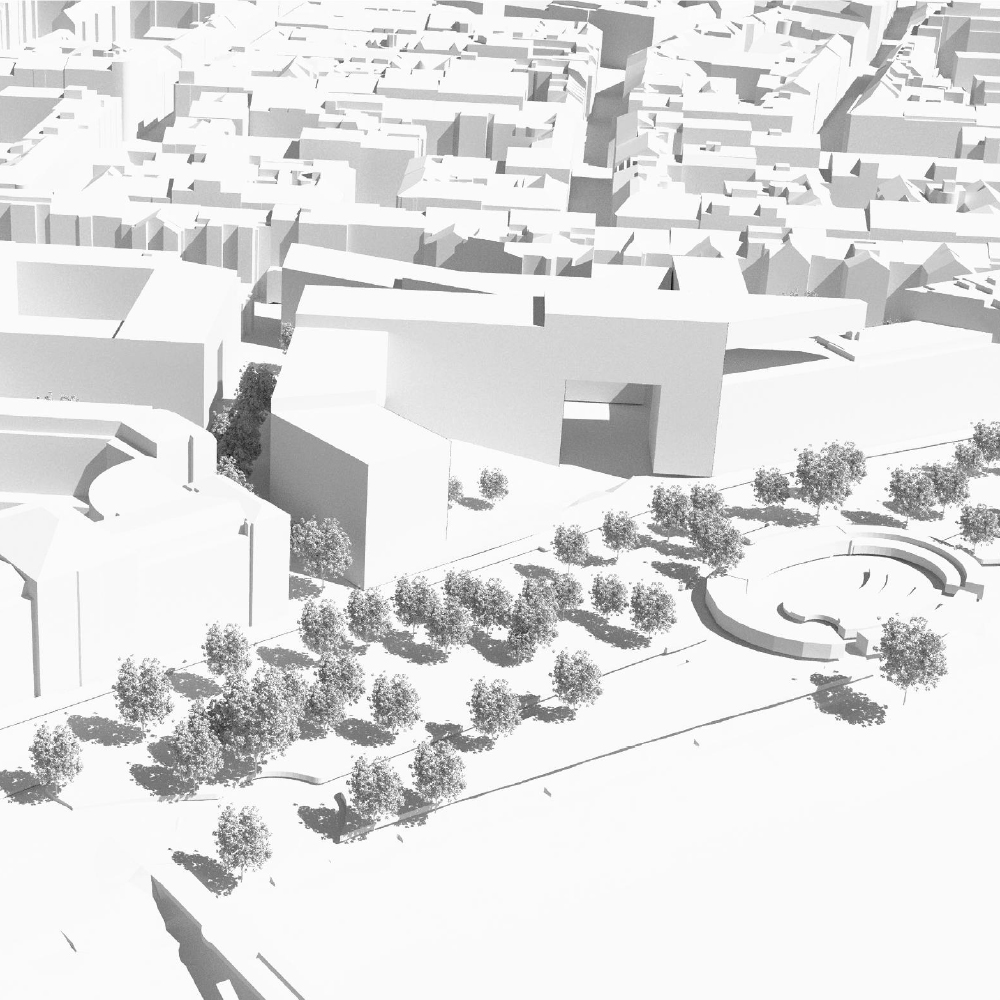
Competition
Leopold's Quarter
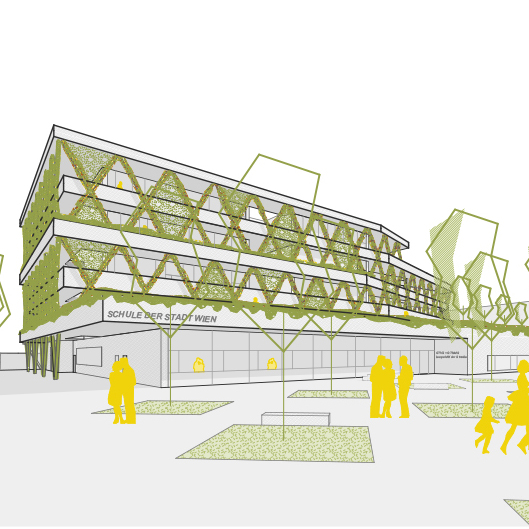
Competition
School Leopold-Kohr-Straße
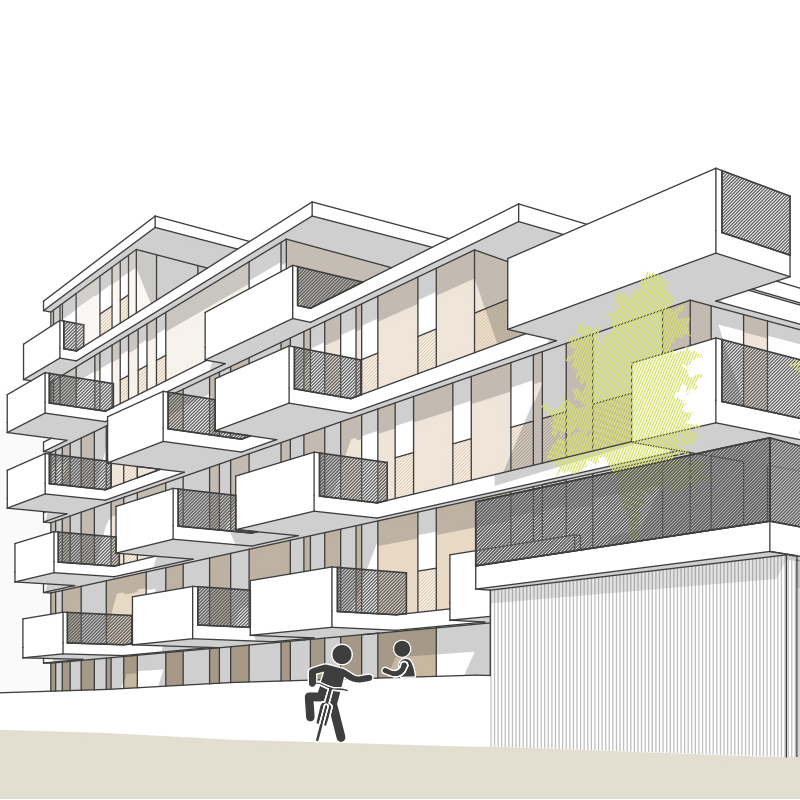
Recognition
Residential development Mendelgasse
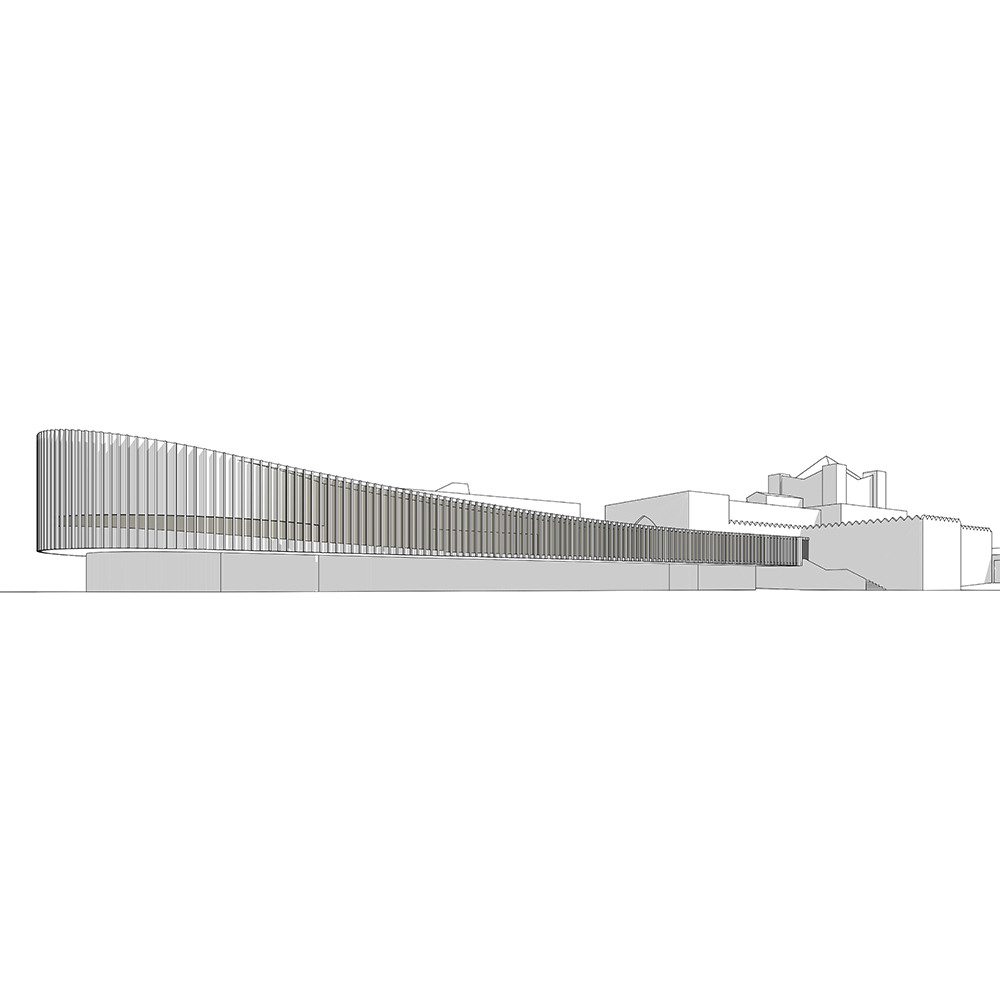
Competition
Extension Crematorium Vienna
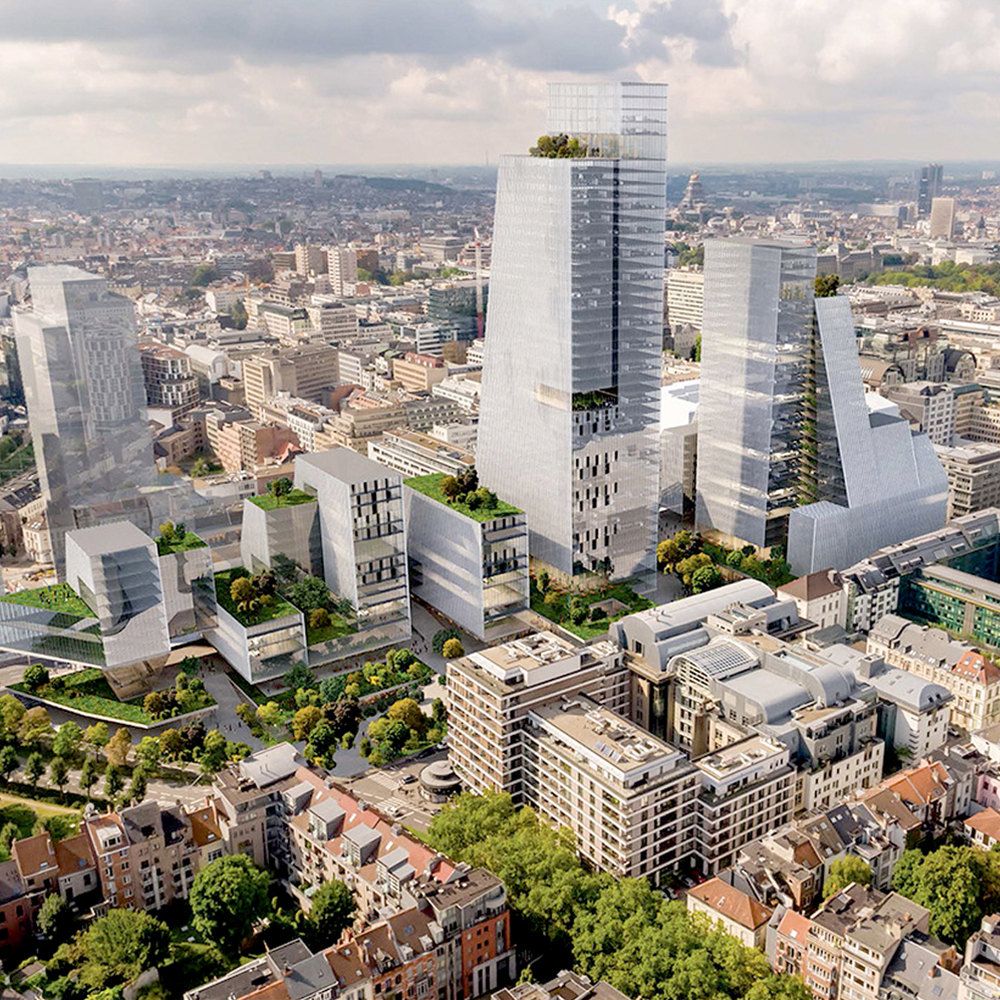
Wettbewerb
Loi 130
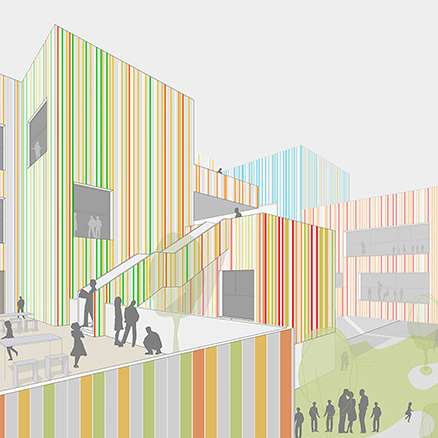
Recognition
Education Campus Deutschordenstraße
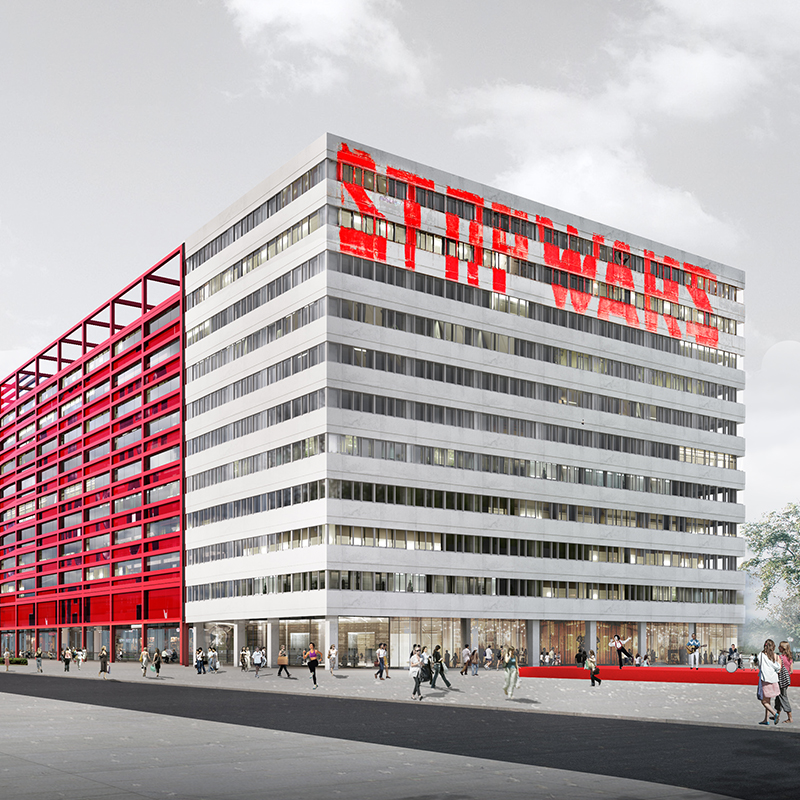
Wettbewerb
Haus der Statistik
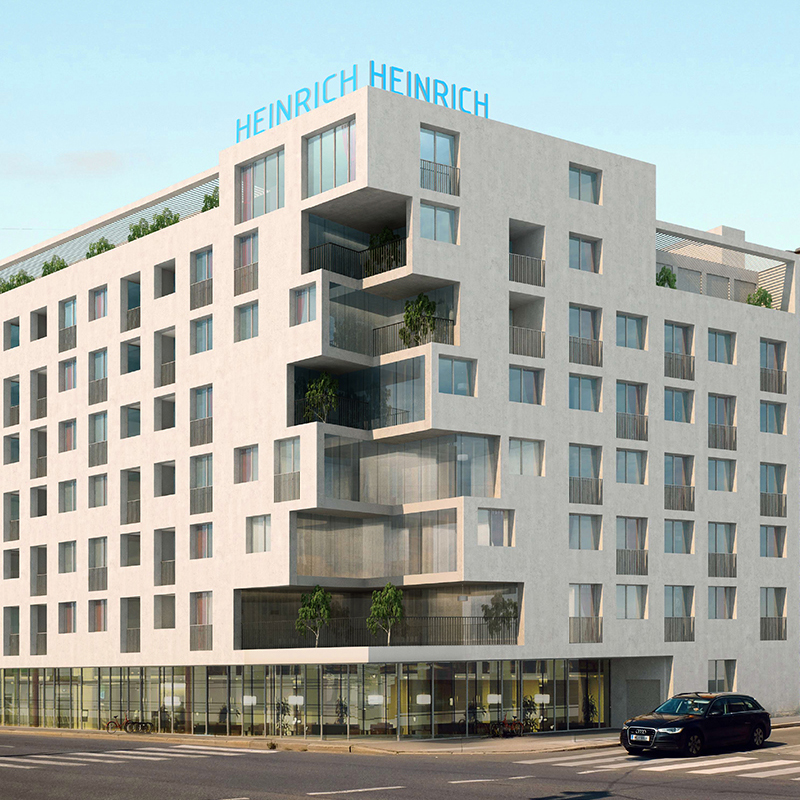
Wettbewerb
Heinrich – Serviced Apartments
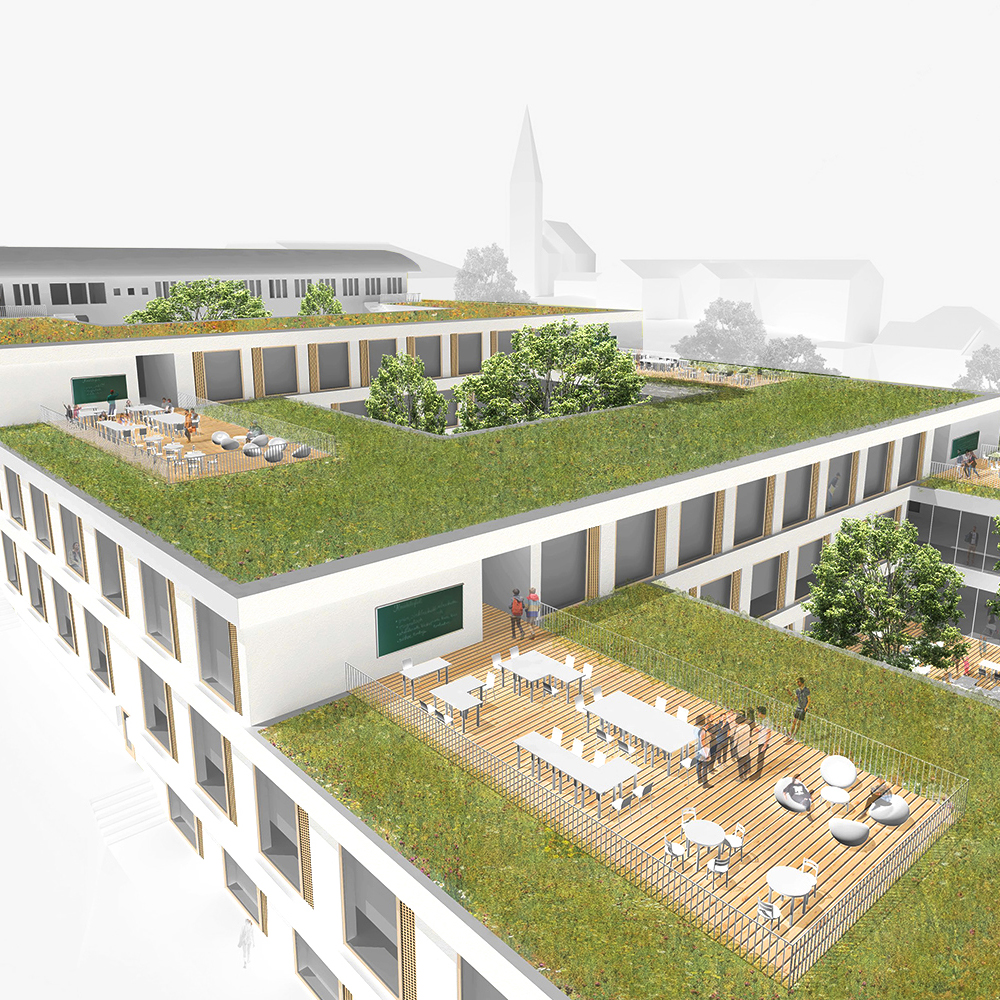
Wettbewerb
Konrad-Lorenz-Secondary School Gänserndorf
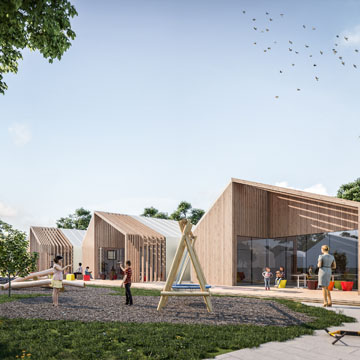
3rd Prize
Lower Austria State Kindergarten Pulkau
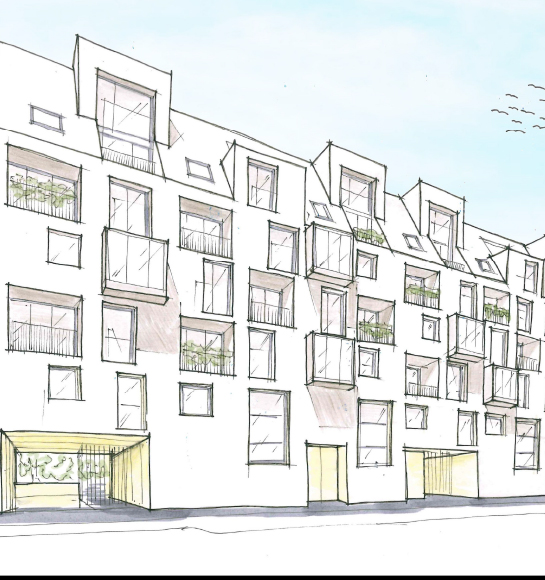
Competition
Residential building Buchengasse
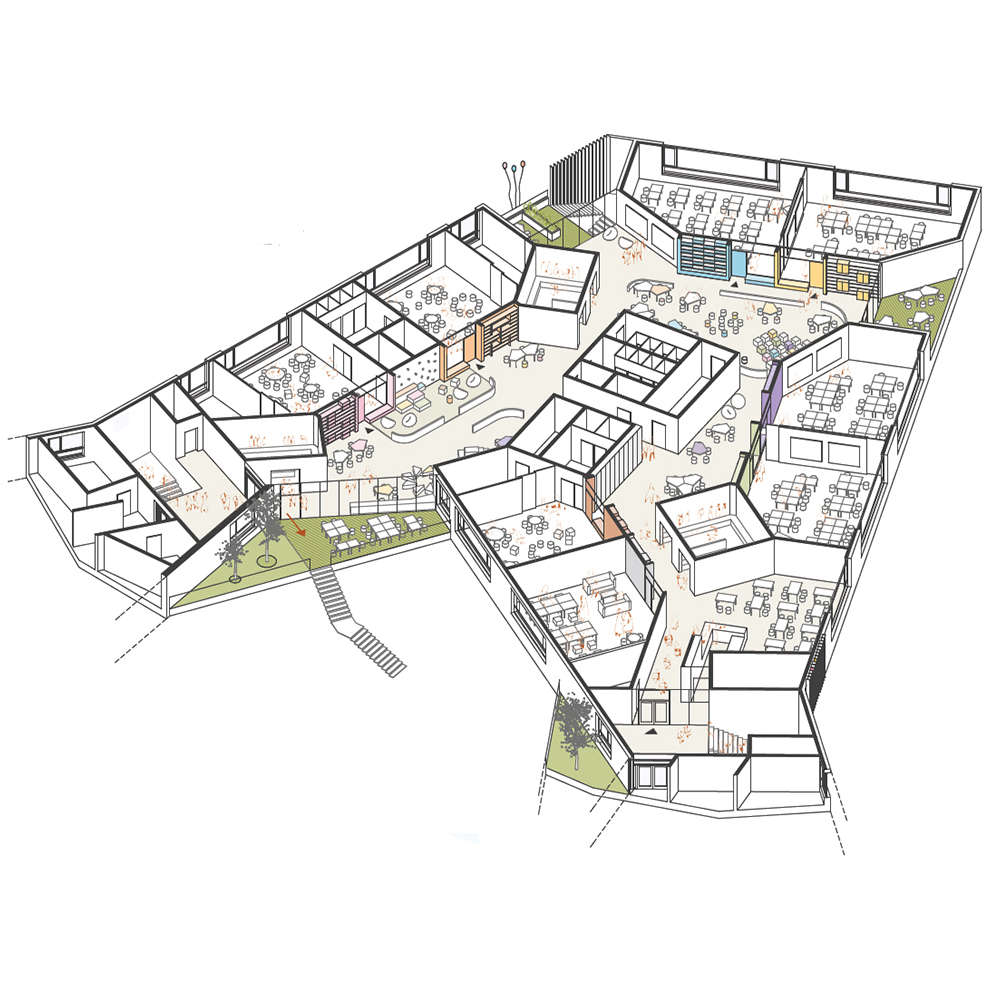
3rd prize
Aron Menczer Education Campus
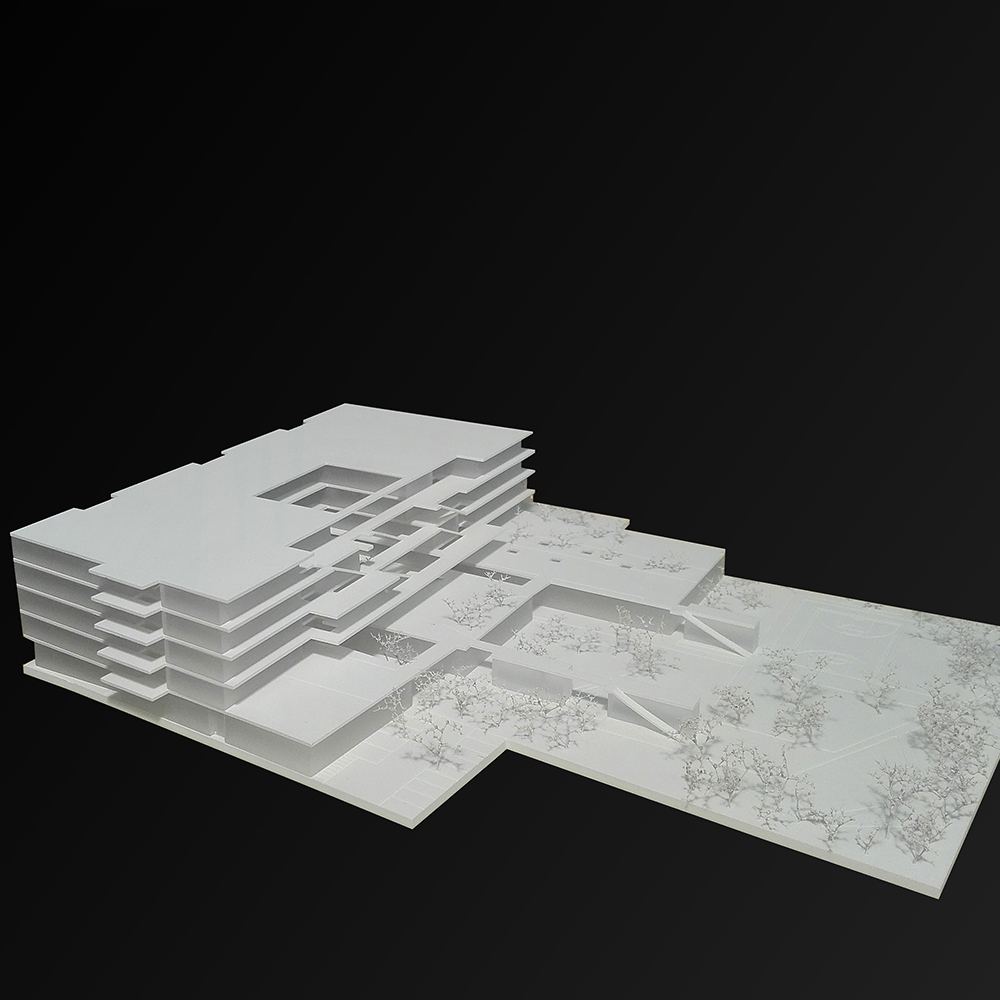
3rd prize
Education Campus Atzgersdorf
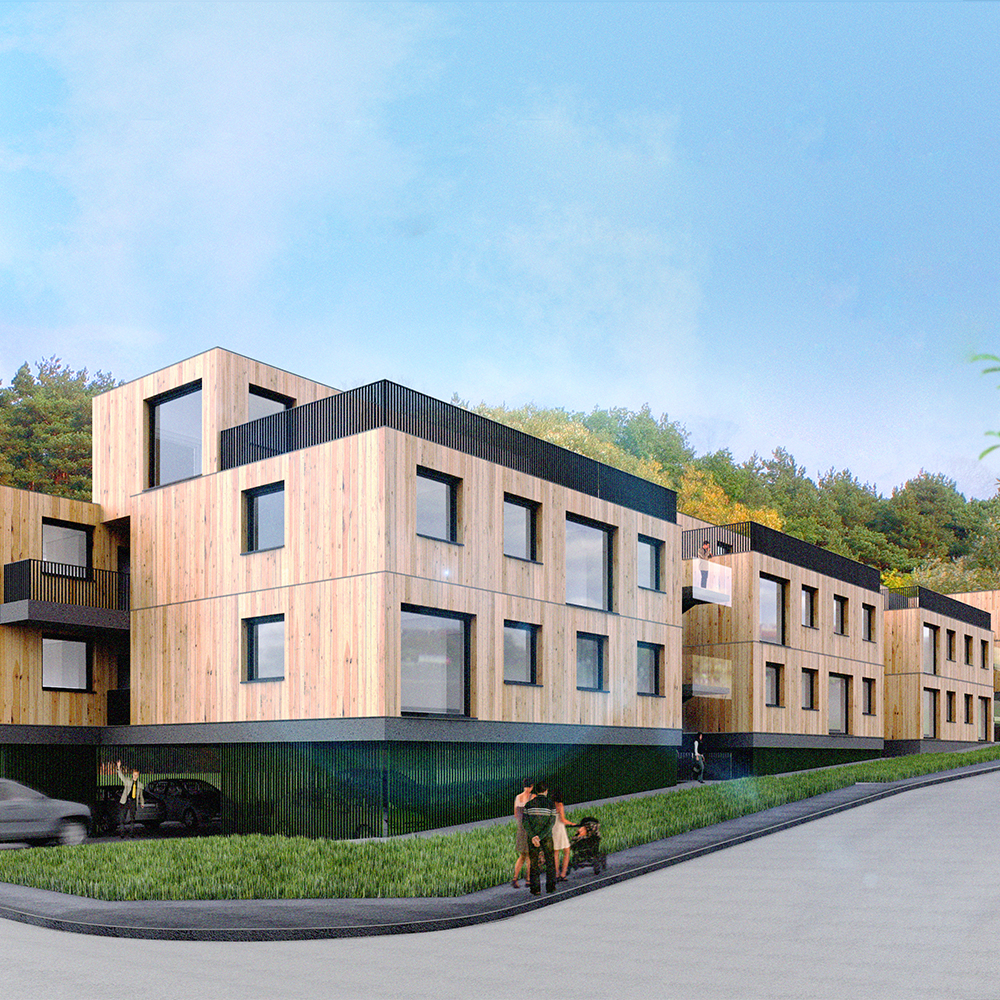
Wettbewerb
Forest Hill - Affordable living in Breitenfurt
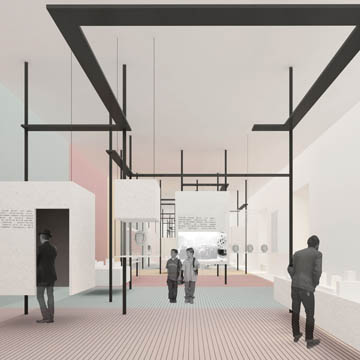
2nd prize
House of History Austria
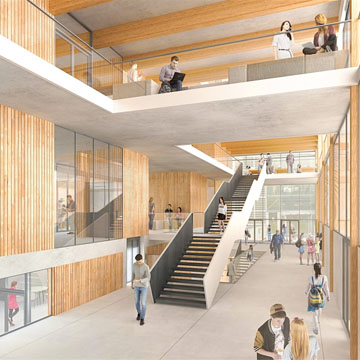
Recognition
New building for the University of Natural Resources and Applied Life Sciences, Vienna
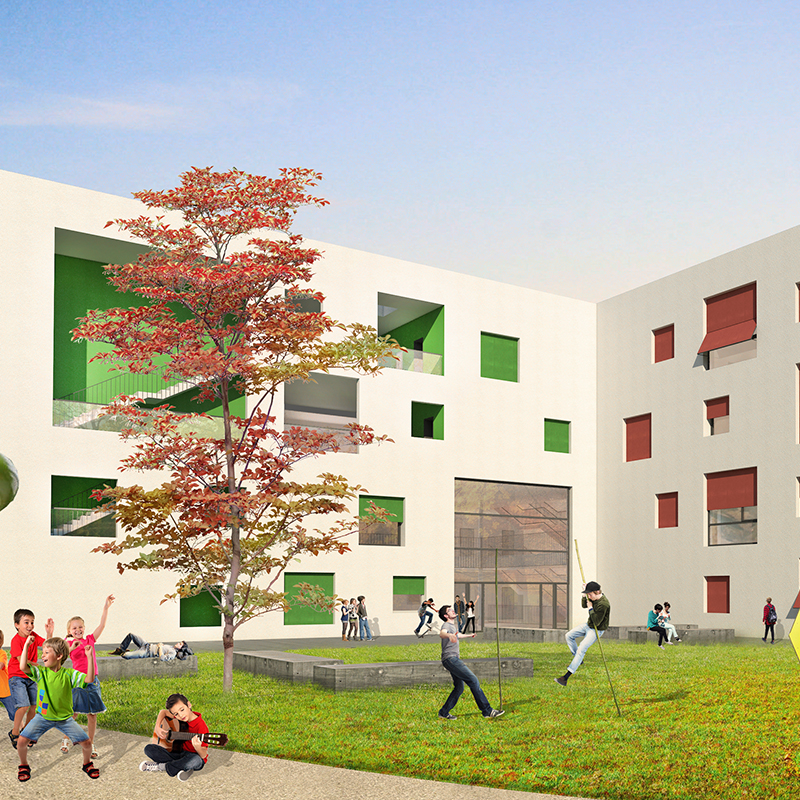
Wettbewerb
NMS (Neue Mittelschule – New Secondary School) Spielmanngasse
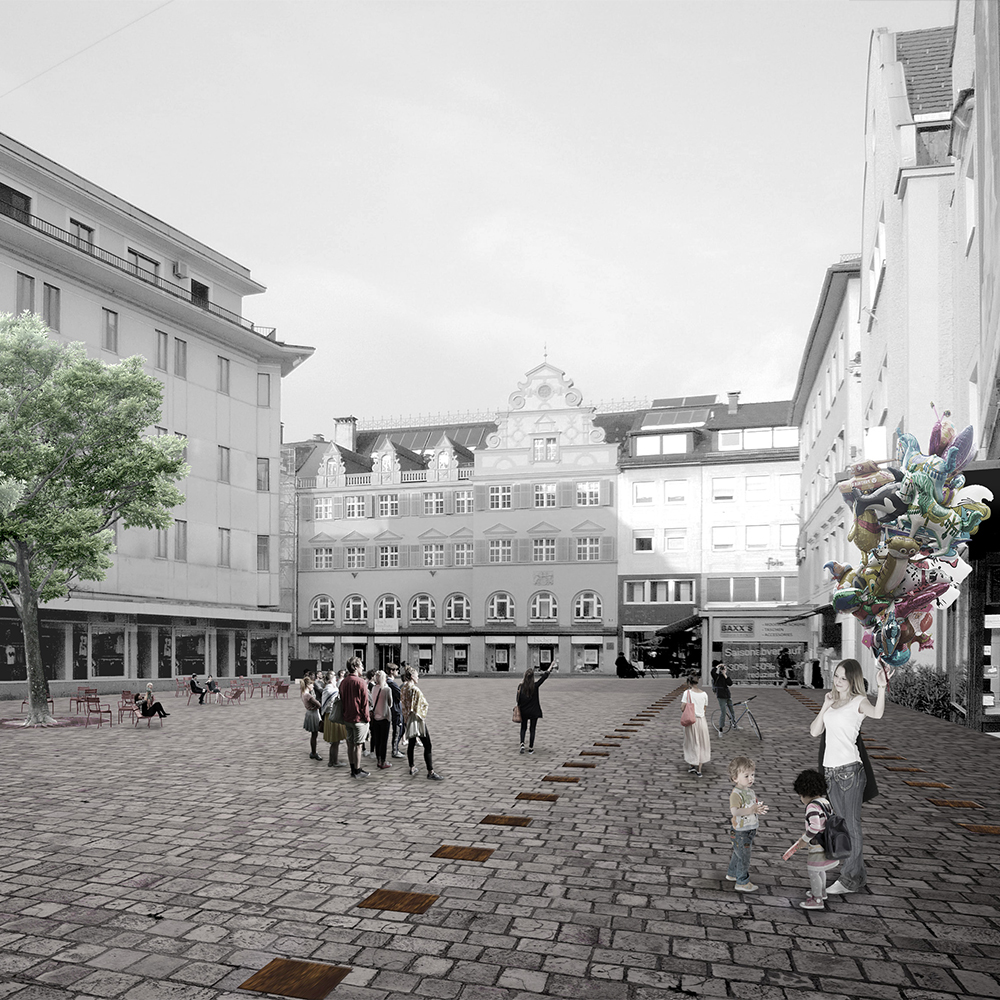
Wettbewerb
Neighbourhood development Leutbühel
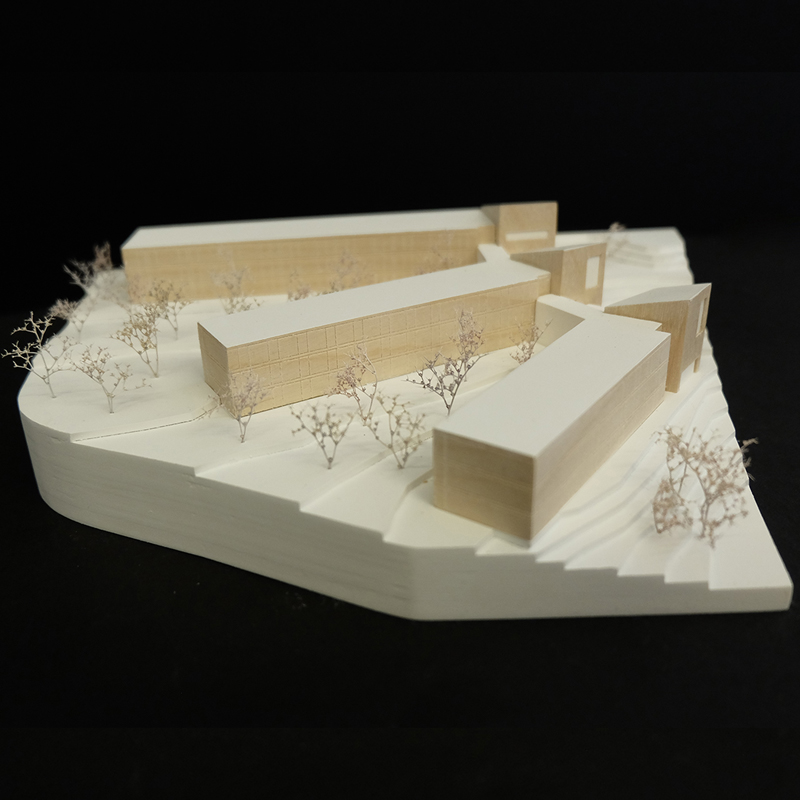
Competition
Students hostel Pitzelstätten
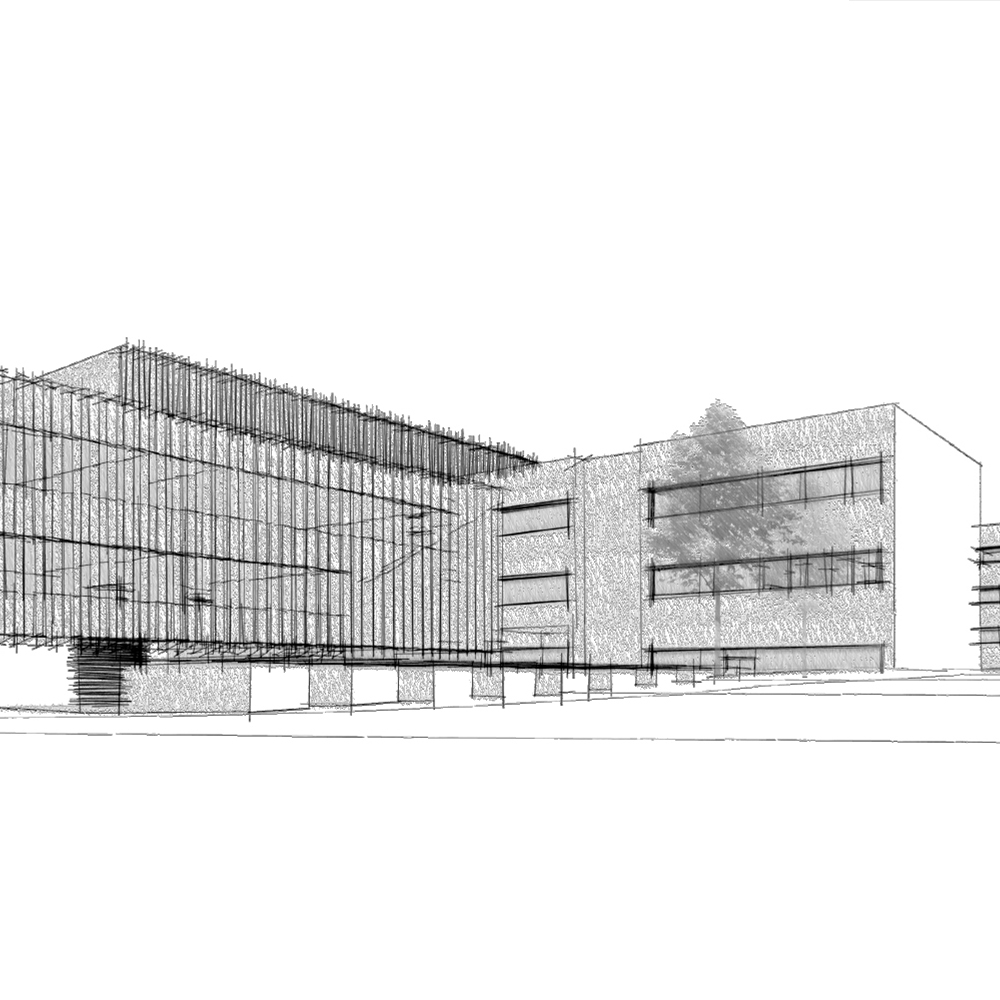
Wettbewerb
School Competence Centre Ferlach
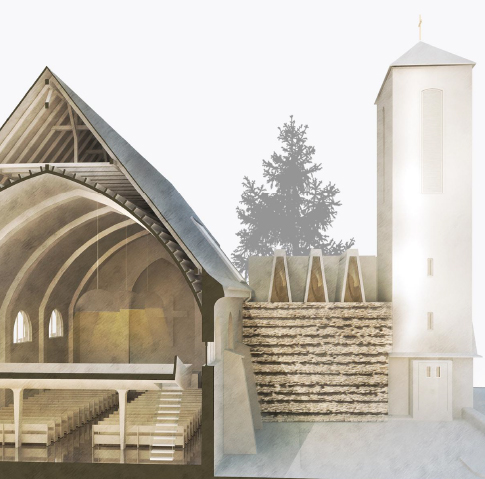
Competition
Parish church of Essling
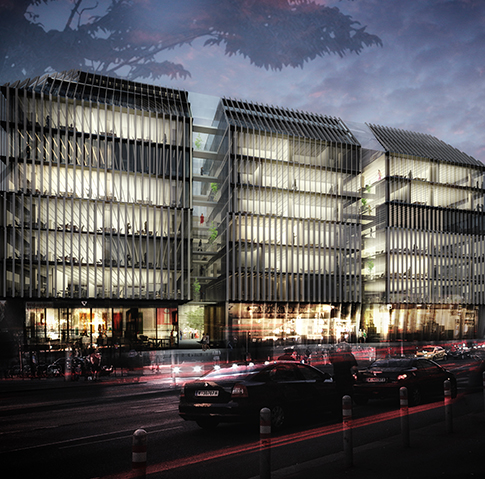
Competition
Rathausstraße 1
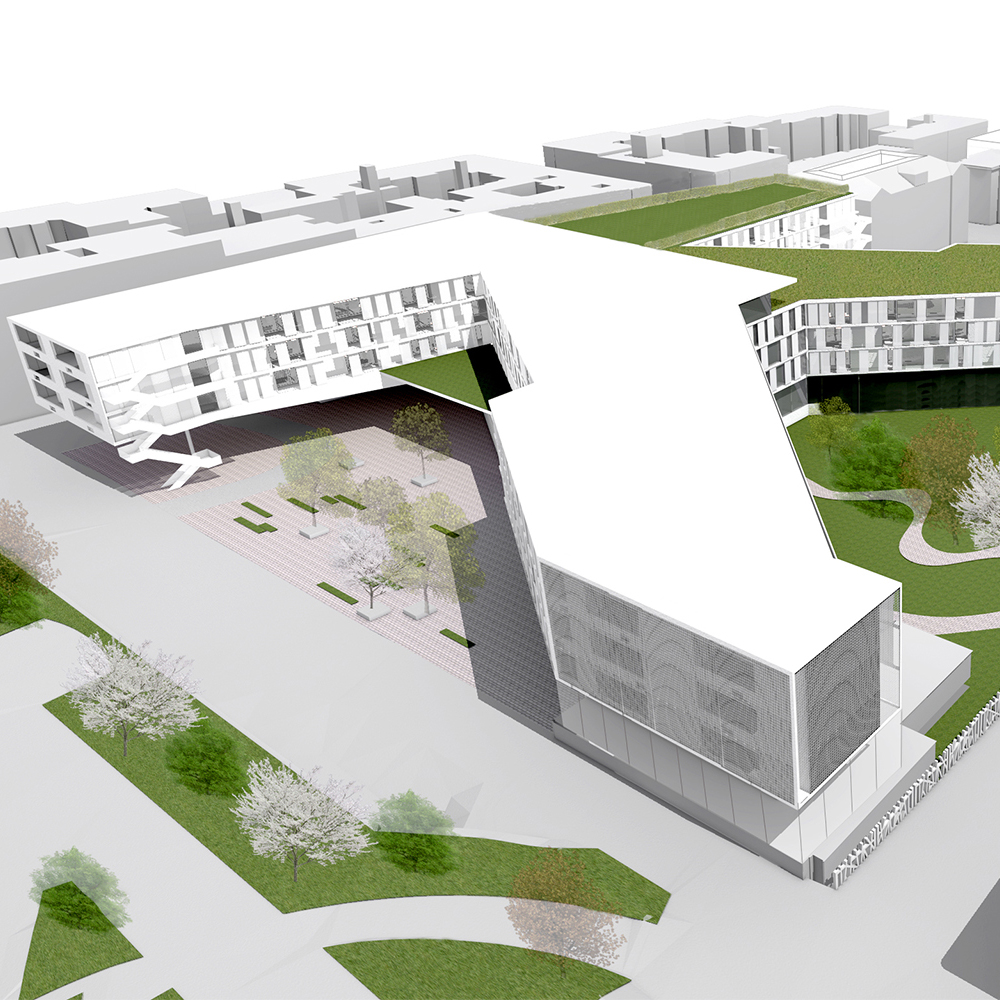
Competition
Kaiserin Elisabeth Hospital
Multifunctional Centre Elsterwerdaer Platz


